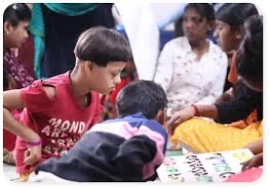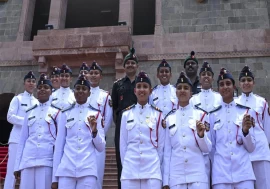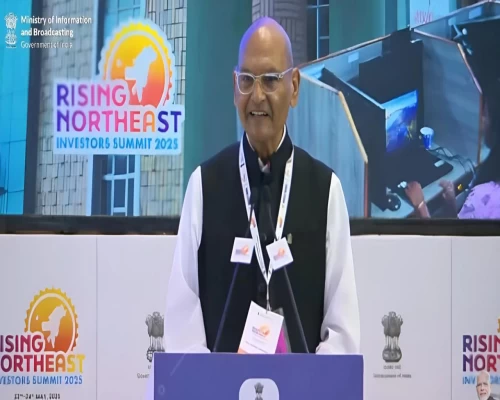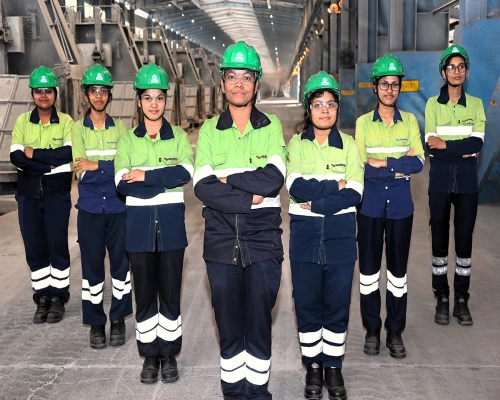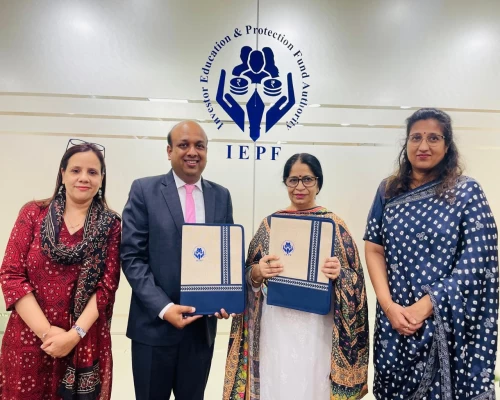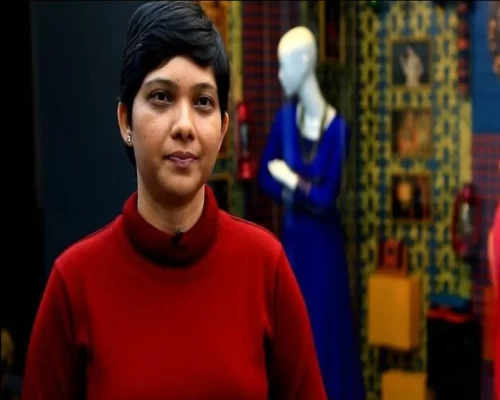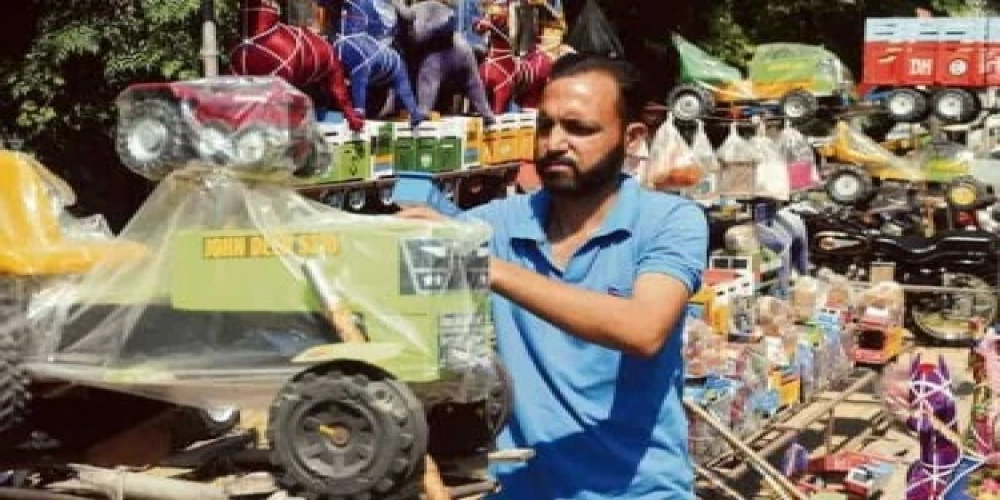
New Delhi: Indian toy market, which is currently estimated at USD 1 billion, presents a 2x growth opportunity by 2025, according to FICCI-KPMG in India’s report. The report ‘State of play: India’s toy story- Unboxing fun and beyond’ presents a detailed overview of the Indian toy industry focusing both on demand and supply-side measures needed to make India a global toy manufacturing hub.
India could also target a two per cent share of global exports by 2025 as per the report. There is high growth potential for India in exports of plastic toys and board games in the USA, EU and Middle East among other markets. The report states that whereas globalization has expanded market access for raw materials and finished goods, the Covid-19 pandemic has exposed the vulnerabilities of global firms procuring from a single source market. The established need for de-risking supply chains has presented India with another opportunity to embrace its heritage and inherent advantages in skill and technology to become a global player in the industry.
Toys have been an integral part of Indian culture and heritage. While the desire to play is as unabated today as ever before, the global toy industry has come a long way. The nature and techniques of play are fast evolving, keeping pace with changes in technology and market demands. Toys categories such as dolls, soft toys, baby and infant and pre-school are highly labour intensive with good potential for manufacturing capabilities in India and easy to penetrate the export market, except for items that require decorations and similar value additions where the productivity levels are significantly lower (30-40 per cent) than China.
The report observed that digital & technology advancement in toys is leading to rising application of Artificial Intelligence (AI), especially in STEM Toys. India has limited manufacturing capability in battery operated, electronic and technology-based toys but can be scaled up in the medium to long-term period. Labour intensive sub-segments constituting 50-60 per cent of the toys market can scale up immediately in India, giving an indigenization push to these segments which could, therefore, provide enormous impetus to job creation. There is also a significant scope for growth in gross value addition with inclusion of unregistered units in India.
States across the country are spearheading initiatives to nurture toy manufacturing ecosystems as well as developing and marketing new toy clusters, heralding a significant change in domestic toy manufacturing. Promoting quality toys and maintaining the affordability of those quality products are the two key pillars. The desired model for India is to incentivize global as well as domestic players to build end-to-end, integrated manufacturing facilities. Vivek Jhangiani, Chairman FICCI Toy Sector Committee, said, “For a child to develop, it is important that play is integral to their life. The toy industry has a critical role in bringing play to every child of every stratum in India, by delivering quality toys at affordable price points.”
Mohit Bhasin, Partner, Government and Public Services, KPMG in India, said, “Beyond supporting livelihoods and children’s right to play, toys are also an essential pedagogical tool, making them an integral part of our national identity. Affordability and quality are the key to propelling the growth of the Indian toy industry. The report reveals how the business of play can evolve to make India a global toyconomy.”
THE WAY FORWARD
* Need to enhance manufacturing competitiveness – A phased Manufacturing Programme (PMP) is needed for making India Atma Nirbhar to mature and develop.
* Tech collaboration is the need of the hour - Strategic relationships with global players to leverage Science, Technology, Engineering, Art, and Math toys. Also, there is a need for JV and technical collaboration with international companies for current manufacturing and to develop an ecosystem of suppliers
* Ease of doing business - Nodal agency, a one-stop shop like National Creative Hub (C-Hub) is required. Also, there is a need to simplify mandatory compliances and improve digital preparedness.
* Skilling and R&D to bridge the persistent gap in demand and supply - Development of toy design centres with focus on R&D to encourage innovation.
* Building a ‘Playful, Creative and Innovative Economy’ -- Leverage National Education Policy 2020 to push local artisans, promote toy-based tourism and set up of toy or doll museum in some states.


